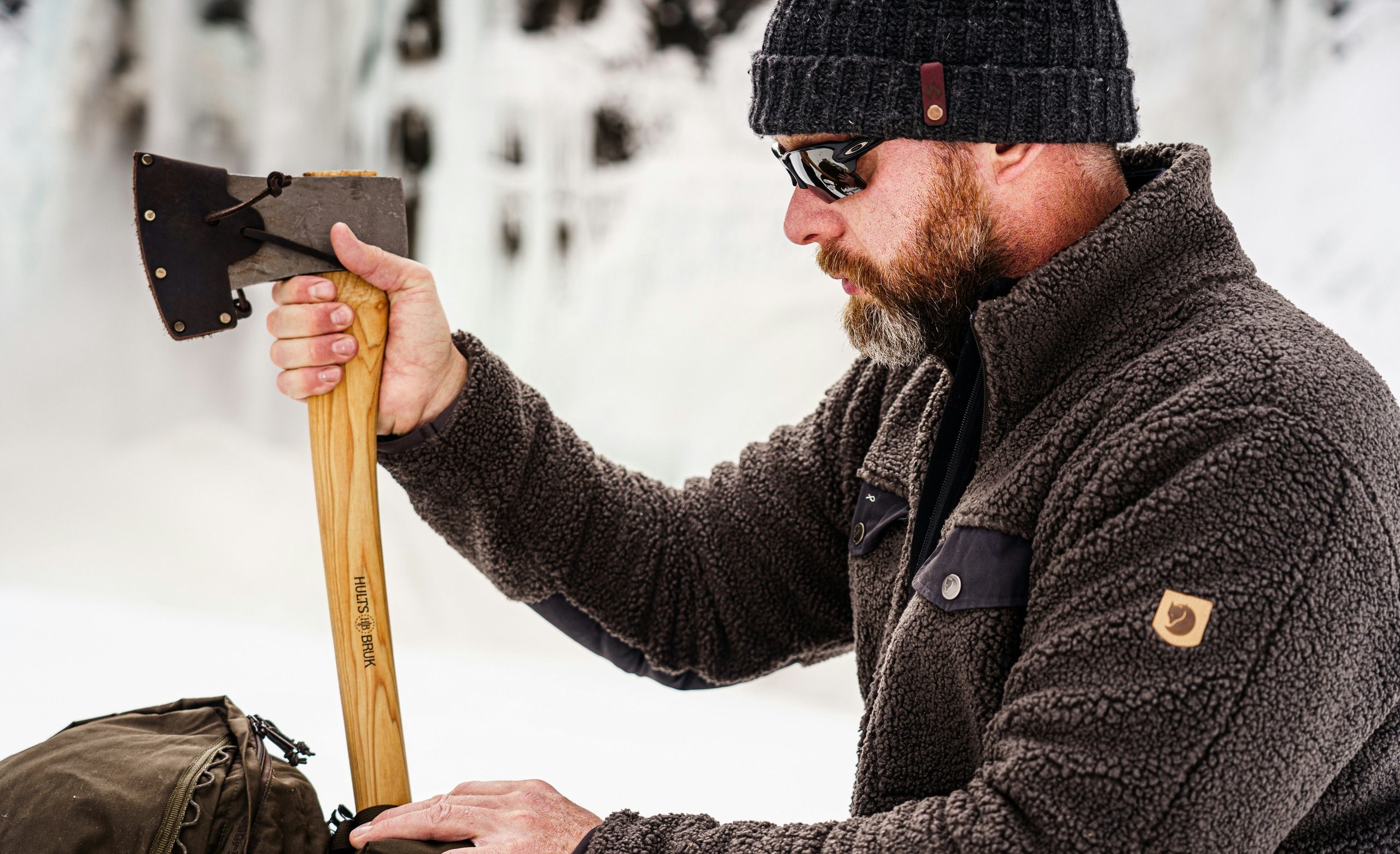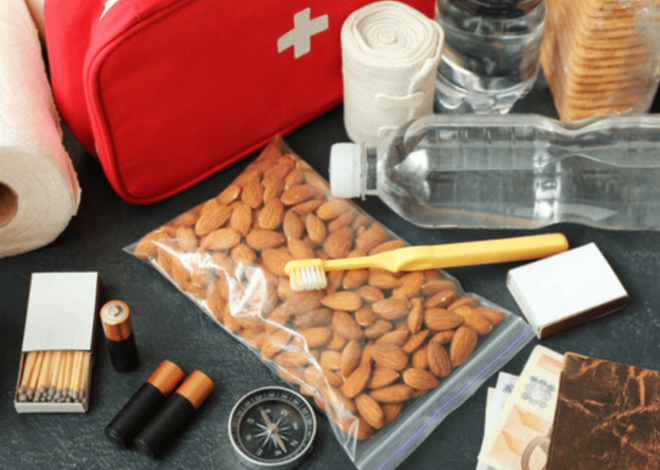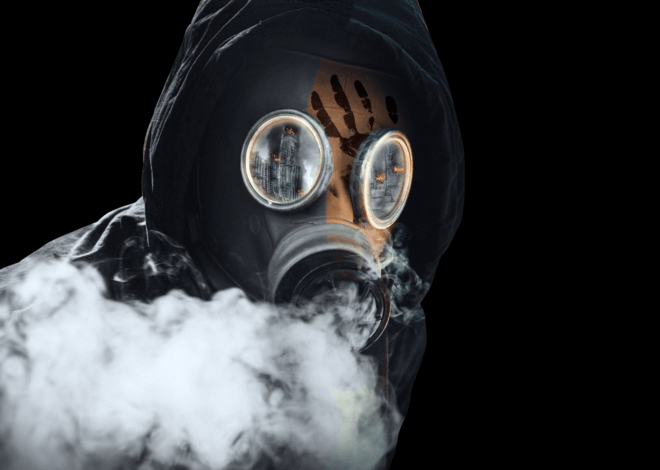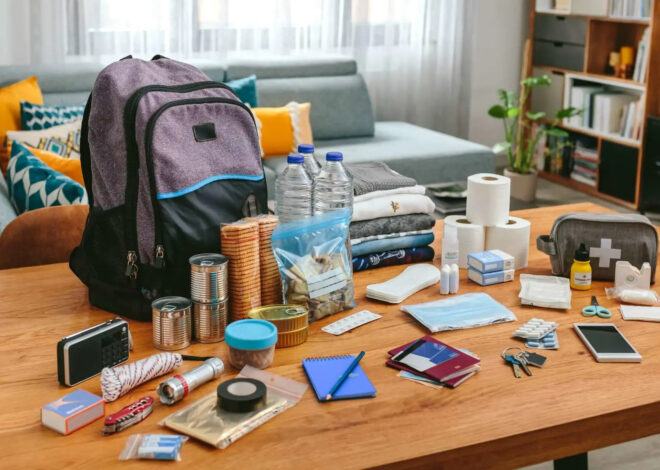
The Best Survival Gear
Are you prepared for the unexpected? When it comes to facing emergencies or venturing into the great outdoors, having the best survival gear can make all the difference. From navigating through challenging terrain to purifying water for safe consumption, being equipped with essential tools and supplies is crucial.
Join us as we explore the must-have items for your survival kit and learn how to be ready for any situation that comes your way. Let’s dive into the world of survival gear and discover what it takes to stay safe and secure in any environment.
Essential Items for a Survival Kit
When preparing a survival kit, it’s crucial to include essential items that can help you navigate through challenging situations. One of the most important items is water purification tablets or a filtration system to ensure access to clean drinking water. Additionally, packing non-perishable food like energy bars and dried fruits can provide necessary sustenance in emergencies.
A multi-tool with various functions such as a knife, scissors, and screwdriver can come in handy for various tasks. A reliable flashlight with extra batteries is essential for providing light during nighttime or low visibility conditions. Including a whistle can help signal for help if needed.
Having a compact emergency blanket or sleeping bag can offer warmth and protection from the elements. Packing waterproof matches or a fire starter tool will assist in creating fires for warmth and cooking purposes. Including a basic first aid kit with bandages, antiseptic wipes, and pain relievers is vital for addressing minor injuries in the wilderness.
Choosing the Right Backpack
When it comes to survival gear, choosing the right backpack is crucial. Your backpack is your lifeline in emergency situations, carrying all the essentials you need to survive. Look for a backpack that is durable, water-resistant, and comfortable to wear for long periods.
Consider the size of the backpack based on your needs and the length of time you may need to survive. Opt for one with multiple compartments and pockets for easy organization of your gear. Adjustable straps and padding will ensure a proper fit and distribution of weight on your back.
Choose a backpack with reinforced stitching and high-quality zippers to withstand rough conditions. Molle attachments can be handy for adding extra pouches or gear externally. Remember that comfort and functionality are key when selecting the best survival backpack for your adventures.
Take time to research different options and try them on before making a decision. Your backpack should feel like an extension of yourself, ready to support you through any challenging situation that may come your way.
Water Purification Methods and Supplies
Water purification is crucial. In an emergency situation, having access to safe drinking water can make all the difference. There are various methods and supplies available to ensure you have clean water when needed.
One effective method is using portable water filters or purifiers. These devices can remove bacteria, protozoa, and other contaminants from natural water sources. They are lightweight and easy to pack in your survival kit.
Another option is chemical treatments like iodine tablets or chlorine dioxide drops. These can kill harmful microorganisms in untreated water, making it safe for consumption. While they may leave a slight taste, they are a reliable choice for purifying water on the go.
Boiling water is a traditional yet dependable way to kill pathogens and make it safe for drinking. All you need is a heat source and a container to boil the water in.
Consider including multiple purification methods in your survival kit so you’re prepared for any situation that may arise while exploring the great outdoors or facing unexpected emergencies.
Shelter Building Tools and Materials
Having the right tools and materials for building shelter is crucial. A sturdy tarp or a lightweight tent can provide protection from the elements, while a durable emergency blanket can help retain body heat.
Additionally, carrying paracord or rope allows you to secure your shelter and create support structures. Don’t forget about a reliable multi-tool that can assist in cutting branches and securing knots.
In terms of materials, natural resources like branches, leaves, and debris can be used to construct a makeshift shelter. Look for a location with natural windbreaks or use fallen trees as part of your structure.
Consider packing extra tarps or plastic sheeting for added insulation or waterproofing. Improvisation may become necessary in challenging environments where traditional shelters are not feasible.
Remember, being prepared with the right shelter-building tools and materials can make all the difference in ensuring your safety during unexpected outdoor adventures.
Fire Starting Tools and Techniques
Being able to start a fire is essential for warmth, cooking food, and signaling for help. Having the right tools and knowing the techniques can make all the difference.
One of the most reliable tools for starting a fire is a magnesium fire starter. These compact devices produce hot sparks when scraped against a rough surface, igniting tinder easily.
Another popular option is waterproof matches or lighters. Keeping these in a waterproof container ensures you have a reliable way to start a fire even in wet conditions.
Learning how to build different types of fires such as teepee or log cabin structures can help sustain your flames longer with less fuel consumption.
Practicing your fire-starting skills before an emergency occurs will give you confidence and efficiency when it matters most.
Navigation and Communication Devices
When it comes to navigating through the wilderness, having the right tools can make all the difference. Navigation devices like GPS units or compasses are essential for staying on course and finding your way back if you get lost. These devices can provide accurate information about your location and help you plan your route effectively.
Communication devices are also crucial for survival situations. Carrying a reliable two-way radio or satellite phone can ensure that you stay connected with rescue teams or other members of your group in case of an emergency. Being able to communicate with others outside of your immediate vicinity can be a lifeline when facing unexpected challenges.
In addition to electronic devices, it’s always wise to have backup options like physical maps and signal mirrors in case technology fails you. A whistle is another simple yet effective tool for signaling for help over long distances. By being prepared with a variety of navigation and communication tools, you increase your chances of staying safe and reaching help when needed in any outdoor adventure situation.
Food and Cooking Supplies
Having the right food and cooking supplies can make a significant difference. Pack lightweight, high-calorie non-perishable foods like energy bars, nuts, and dried fruits that provide quick energy boosts. Consider including dehydrated meals or MREs that require minimal preparation.
A portable camping stove or compact cookware set can be invaluable for cooking meals on the go. Don’t forget to pack utensils like a sturdy knife, fork, and spoon for eating your meals. A small pot or pan can also come in handy for boiling water or cooking food.
It’s essential to have fire-starting tools like waterproof matches or a reliable lighter to cook your meals. Additionally, bring along some aluminum foil which can be used for various cooking methods such as grilling fish over an open flame.
Include seasoning packets or spices to add flavor to your meals and boost morale during challenging times. Having a few packets of instant coffee or tea bags can also provide comfort in stressful situations. Remember to store all food items securely in sealed containers to prevent attracting wildlife.
First Aid Kits and Medical Supplies
One of the most crucial items you should have is a well-equipped first aid kit. In unpredictable situations, injuries can happen, and having the right medical supplies can make all the difference.
Make sure your first aid kit includes essentials like bandages, antiseptic wipes, gauze pads, adhesive tape, scissors, tweezers, and pain relievers. It’s important to customize your kit based on any specific medical needs or conditions you may have.
Additionally, consider including items like a CPR mask, instant cold packs for sprains or strains, and medications for allergies or chronic conditions. A compact but comprehensive first aid manual can also be invaluable in emergency situations.
Regularly check and replenish your first aid kit to ensure that all supplies are up-to-date and not expired. Being prepared with proper medical supplies can give you peace of mind knowing that you’re ready to handle minor cuts or more serious injuries in any survival scenario.
Personal Protection Equipment
When it comes to preparing for survival situations, personal protection equipment is crucial. Your safety and well-being should always be a top priority when facing unknown challenges.
Investing in quality protective gear such as gloves, goggles, helmets, and sturdy footwear can make a significant difference in your ability to handle unexpected circumstances effectively. These items can help prevent injuries and keep you safe while navigating through tough terrain or dealing with potential threats.
Additionally, consider including self-defense tools like pepper spray or a tactical knife in your kit for added security. While these items should be used responsibly and as a last resort, having them on hand can provide peace of mind knowing you have options available if needed.
Remember that personal protection equipment is not just about physical items; it also includes being prepared mentally and emotionally to handle stressful situations calmly and confidently. Stay alert, stay informed, and prioritize your safety above all else.
Other Important Items to Consider
When preparing your survival gear, there are some other important items to consider beyond the basics. One essential item is a multi-tool that can serve various purposes like cutting, opening cans, or fixing equipment. A roll of duct tape can also come in handy for repairs and makeshift solutions.
Having extra clothing layers and a durable pair of gloves can protect you from harsh weather conditions or rough terrain. It’s crucial to pack some cash in small denominations in case electronic payments are not an option during emergencies. Additionally, including a whistle for signaling for help and a compact mirror for signaling over long distances can be lifesaving tools.
Don’t forget about hygiene items like soap, toothpaste, and toilet paper to maintain cleanliness and prevent infections. Packing a notebook and pen can help you keep track of important information or leave messages if needed. Consider including comfort items like playing cards or a book to boost morale during stressful situations.
Remembering these additional items can enhance your preparedness level and increase your chances of survival in unforeseen circumstances.
Conclusion: Be Prepared for Any Situation
Having the best survival gear is crucial for staying safe and secure in any emergency or outdoor adventure. By ensuring you have essential items like a well-equipped survival kit, the right backpack, water purification supplies, shelter building tools, fire starting equipment, navigation devices, food and cooking supplies, first aid kits, personal protection gear, and other important items tailored to your needs; you are setting yourself up for success.
Remember that being prepared goes beyond just having the gear – it also requires knowledge of how to use each item effectively. Regularly review your gear, practice using it when possible, and stay informed on the latest techniques and strategies for survival. Stay proactive in updating your kit based on changing conditions or new challenges you may face.
By investing time into selecting high-quality gear that fits your specific needs and honing your skills through practice and education, you can confidently navigate any situation that comes your way. Whether you’re planning a weekend camping trip or preparing for a potential disaster scenario, being equipped with the best survival gear ensures that you can handle whatever nature throws at you. Stay prepared – because when it comes to survival situations – readiness is key!



